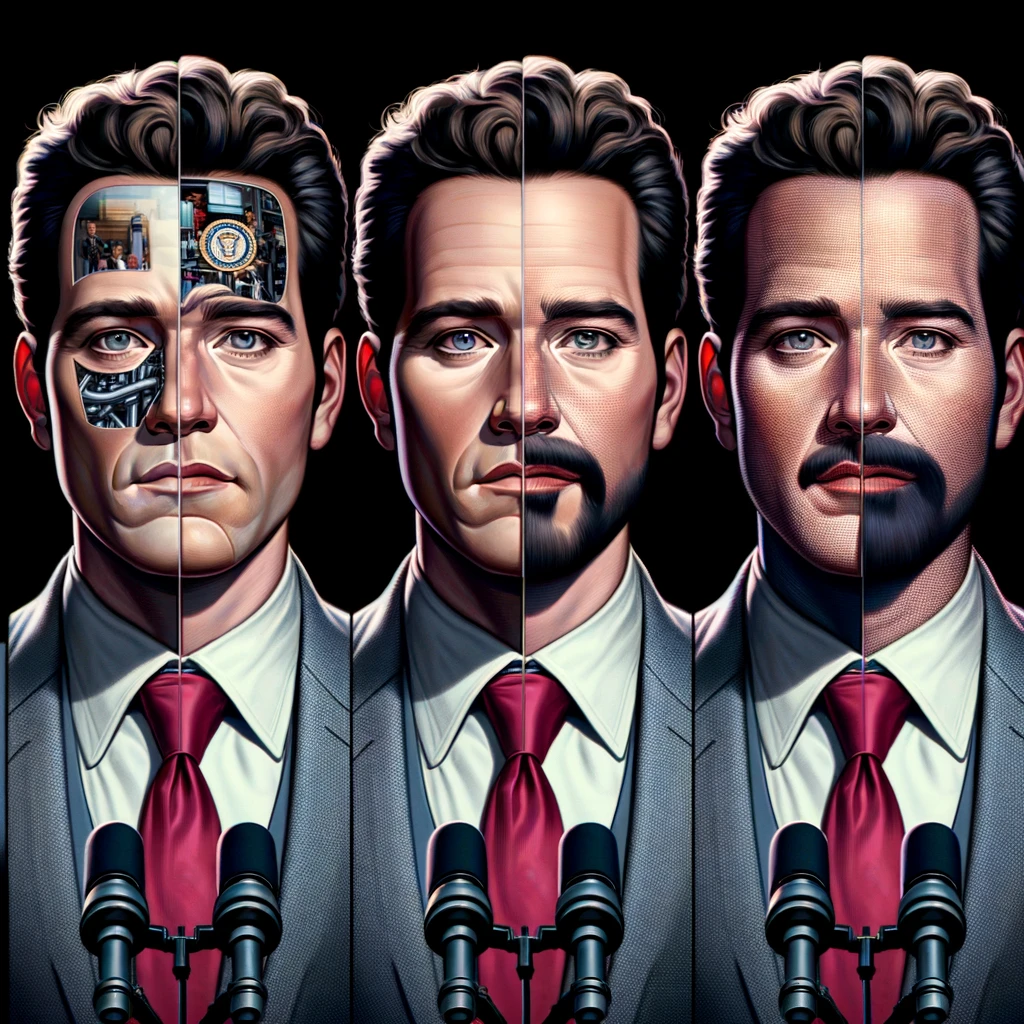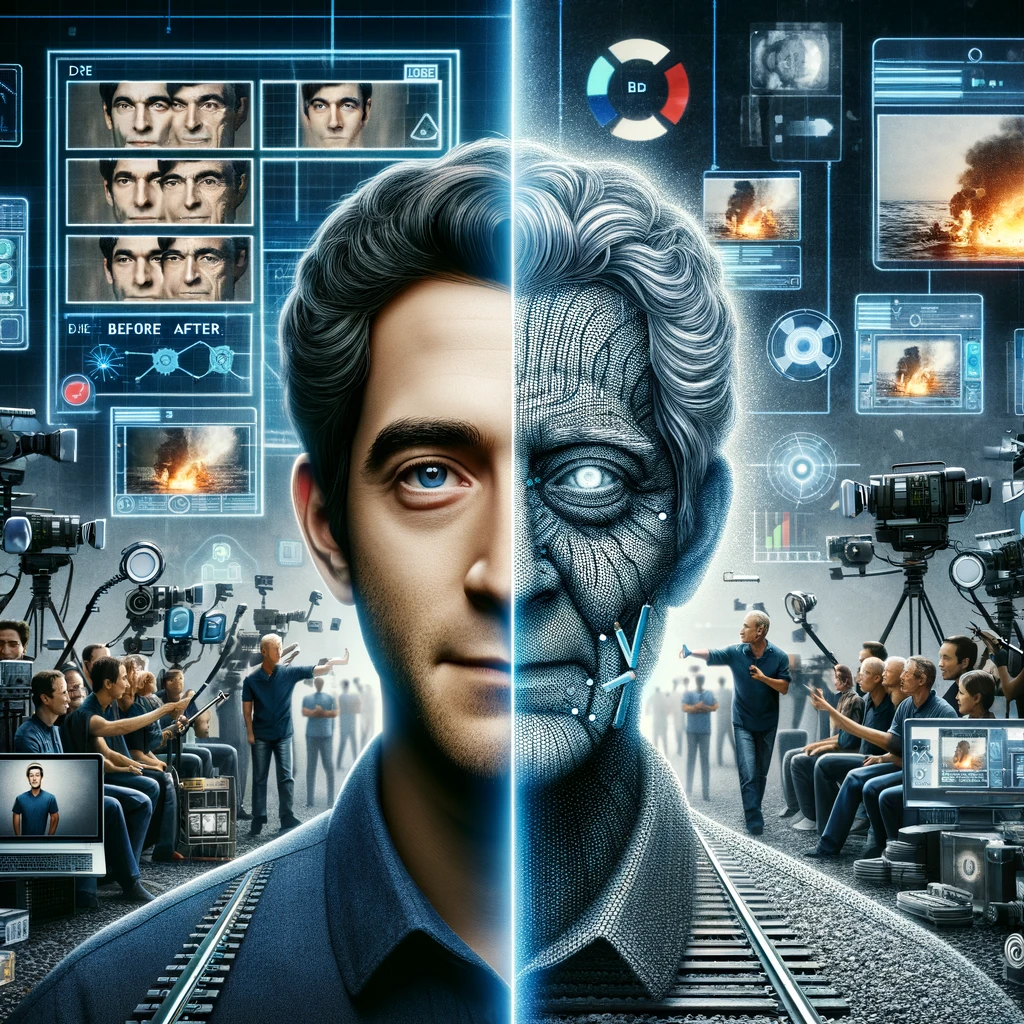
Deepfaking represents a significant leap in the field of digital media, merging the realms of artificial intelligence and content creation to produce videos, images, or audio clips that appear astonishingly real. This technology leverages deep learning, a subset of machine learning, to create or manipulate content in a way that can be incredibly difficult to distinguish from genuine material. As the technology has become more accessible and its results more convincing, deepfaking has sparked a broad spectrum of discussions around ethics, legality, and the very nature of truth in the digital age.

At its core, deepfaking uses algorithms known as generative adversarial networks (GANs), where two neural networks contest with each other: one generates content, while the other evaluates it against real-world examples, iteratively improving the quality of the output. This process enables the creation of content that can mimic the appearance, voice, and mannerisms of real individuals with startling accuracy. The potential applications are vast and varied, ranging from entertainment and education to more controversial uses in misinformation and privacy invasion.
In the realm of entertainment, deepfaking has opened up new avenues for filmmakers and content creators. It allows for the de-aging of actors, the resurrection of deceased performers, or the creation of highly realistic digital personas. These possibilities, while exciting, also raise questions about consent and the ethical use of someone’s likeness, especially posthumously.
The educational sector can benefit from deepfaking by creating immersive and engaging learning materials, like historical figures delivering lectures or speeches. However, the technology’s potential for misuse is a significant concern. In politics and information dissemination, deepfakes can fabricate events, statements, or actions that never occurred, creating convincing falsehoods that can spread rapidly online, potentially swaying public opinion, inciting conflict, or influencing elections.
Privacy implications are profound. Ordinary individuals can find their images or videos manipulated for purposes ranging from harmless pranks to malicious hoaxes or revenge porn, often without their consent or knowledge. The ease with which individuals can be visually placed in compromising or false situations poses a direct threat to personal reputation, mental health, and even legal standing.
The legal landscape surrounding deepfaking is still evolving. While some laws address issues of consent, defamation, and harassment, the specific challenges posed by deepfakes often outpace current legal frameworks, leaving gaps in protection and redress for victims. This evolving legal environment underscores the need for clear regulations that address the unique challenges of deepfake technology without stifiring innovation and freedom of expression.
Ethically, the advent of deepfaking prompts a reevaluation of trust and authenticity in the digital realm. As distinguishing between real and fabricated content becomes more challenging, the onus is on content creators, platforms, and consumers to develop a critical eye, emphasizing the verification and sourcing of information.
Looking ahead, the trajectory of deepfaking technology is likely to be shaped by ongoing debates around ethics, regulation, and the balance between innovation and protection. As AI continues to advance, society must navigate the fine line between harnessing the potential of deepfakes for positive applications and guarding against their risks. Ensuring transparency, fostering public awareness, and developing sophisticated detection methods will be crucial in maintaining trust and integrity in the digital landscape shaped by deepfaking.